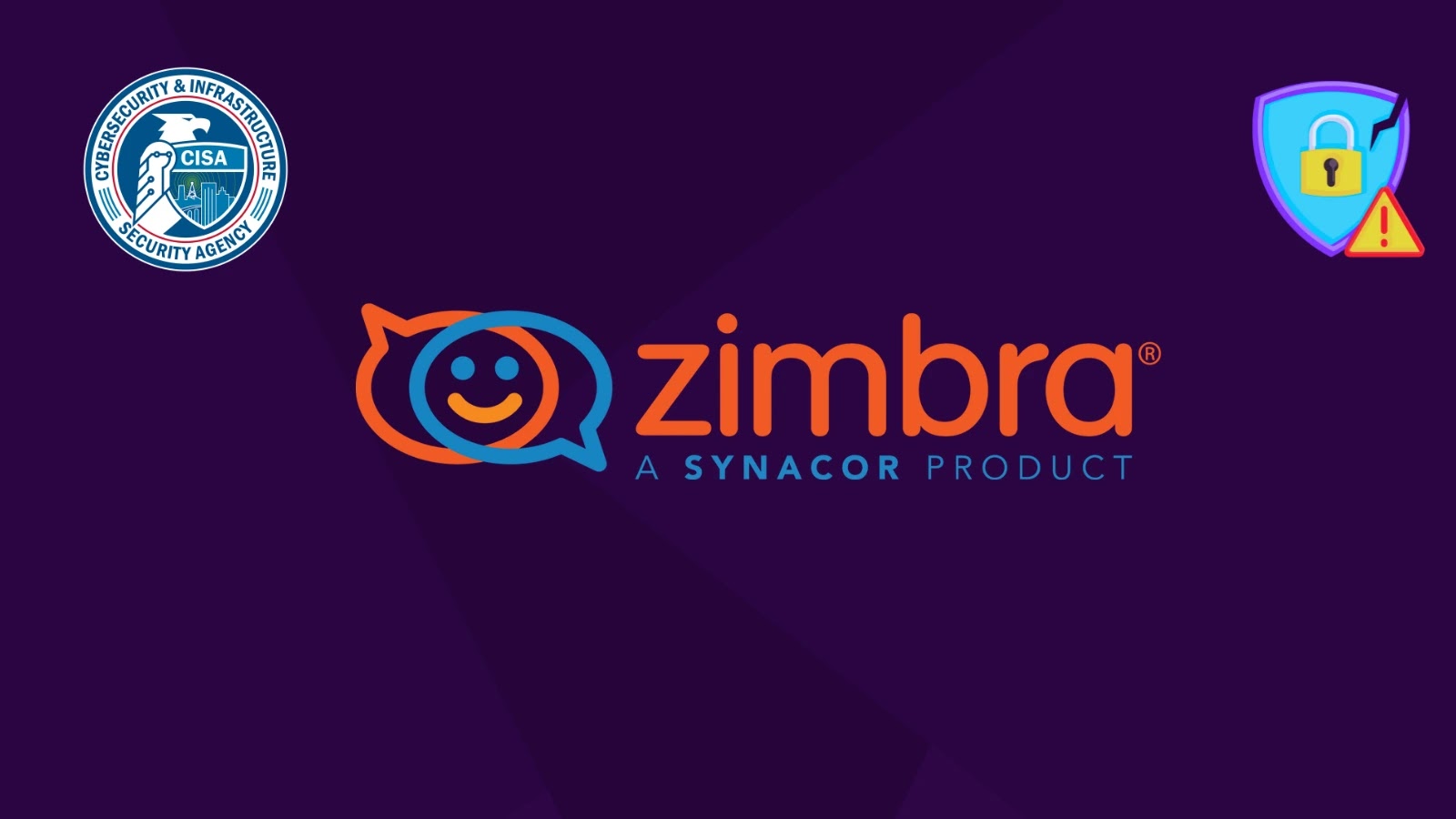In the rapidly evolving digital landscape of 2025, Chief Information Security Officers (CISOs) are navigating an increasingly complex array of cyber threats. The surge in sophisticated ransomware attacks, stringent regulatory mandates, and the expansion of digital infrastructures have underscored the necessity for robust risk management strategies. Amid these challenges, cyber insurance has emerged as a pivotal component, offering not only financial protection but also fostering enhanced security practices and resilience.
The Evolution of Cyber Insurance
Cyber insurance has transitioned from a niche offering to a cornerstone of organizational risk management. This shift is driven by the escalating frequency and severity of cyber incidents. For instance, the global cyber insurance market, valued at $12.94 billion in 2022, is projected to reach $100.62 billion by 2031, reflecting a compound annual growth rate (CAGR) of 25.70% over the forecast period. ([cyberinsurancenews.org](https://cyberinsurancenews.org/cyber-insurance-market-to-surge-projected-to-reach-100-62-billion-by-2031-report/?utm_source=openai))
This remarkable growth is largely attributed to the sector’s response to the escalating threat of cyberattacks, particularly ransomware incidents, which have prompted a surge in demand for cyber insurance coverage. ([reportlinker.com](https://www.reportlinker.com/article/3177?utm_source=openai))
Strategic Importance for CISOs
For CISOs, integrating cyber insurance into the broader security framework is not merely about financial indemnity; it represents a strategic tool for risk mitigation and organizational resilience. The process of obtaining cyber insurance often necessitates comprehensive risk assessments, compelling organizations to identify vulnerabilities and implement robust security controls. This proactive approach not only aligns with insurers’ requirements but also strengthens the organization’s overall security posture.
Moreover, cyber insurance policies frequently include access to specialized resources such as incident response teams, legal counsel, and public relations experts. These resources are invaluable during a cyber crisis, enabling swift and coordinated responses that can mitigate damage and expedite recovery.
Key Considerations for CISOs
When evaluating cyber insurance options, CISOs should consider the following:
1. Comprehensive Risk Assessment: Conduct thorough evaluations to identify critical assets, potential threats, and existing vulnerabilities. This assessment informs the selection of appropriate coverage and ensures alignment with the organization’s risk profile.
2. Policy Coverage and Exclusions: Scrutinize policy terms to understand the scope of coverage, including first-party and third-party liabilities, business interruption, data restoration, and regulatory fines. Pay close attention to exclusions and conditions that may affect claims.
3. Alignment with Security Practices: Ensure that the organization’s security measures meet or exceed the insurer’s requirements. This alignment not only facilitates favorable policy terms but also enhances overall security resilience.
4. Incident Response Integration: Incorporate the insurer’s incident response resources into the organization’s crisis management plans. Familiarity with these resources ensures a coordinated and effective response during incidents.
5. Regulatory Compliance: Stay abreast of evolving regulatory requirements related to data protection and privacy. Ensure that the cyber insurance policy addresses potential liabilities arising from non-compliance.
Emerging Trends in Cyber Insurance
The cyber insurance landscape is continually evolving, with several notable trends:
– Dynamic Pricing Models: Insurers are adopting risk-based pricing, adjusting premiums based on the organization’s security posture and incident history. This approach incentivizes continuous improvement in cybersecurity practices.
– Expanded Coverage Areas: Policies are increasingly covering a broader range of incidents, including reputational harm, social engineering fraud, and system failures, reflecting the diverse nature of cyber threats.
– Integration with Cybersecurity Services: Collaborations between insurers and cybersecurity firms are providing policyholders with integrated solutions, including real-time threat intelligence and security training programs.
– Focus on Quantifying Risk: Advanced analytics tools are enabling organizations to quantify potential losses from cyber incidents, aiding in informed decision-making regarding coverage levels and security investments.
Conclusion
As cyber threats continue to evolve in complexity and impact, the role of cyber insurance in organizational risk management becomes increasingly critical. For CISOs, understanding and strategically integrating cyber insurance into the security framework is essential. It not only provides a financial safety net but also drives the adoption of best practices, enhances resilience, and supports the organization’s long-term success in the digital age.



